Home>Storage Ideas>Kitchen Storage>How To Organize Kitchen Drawers: 12 Ways To Order Essentials
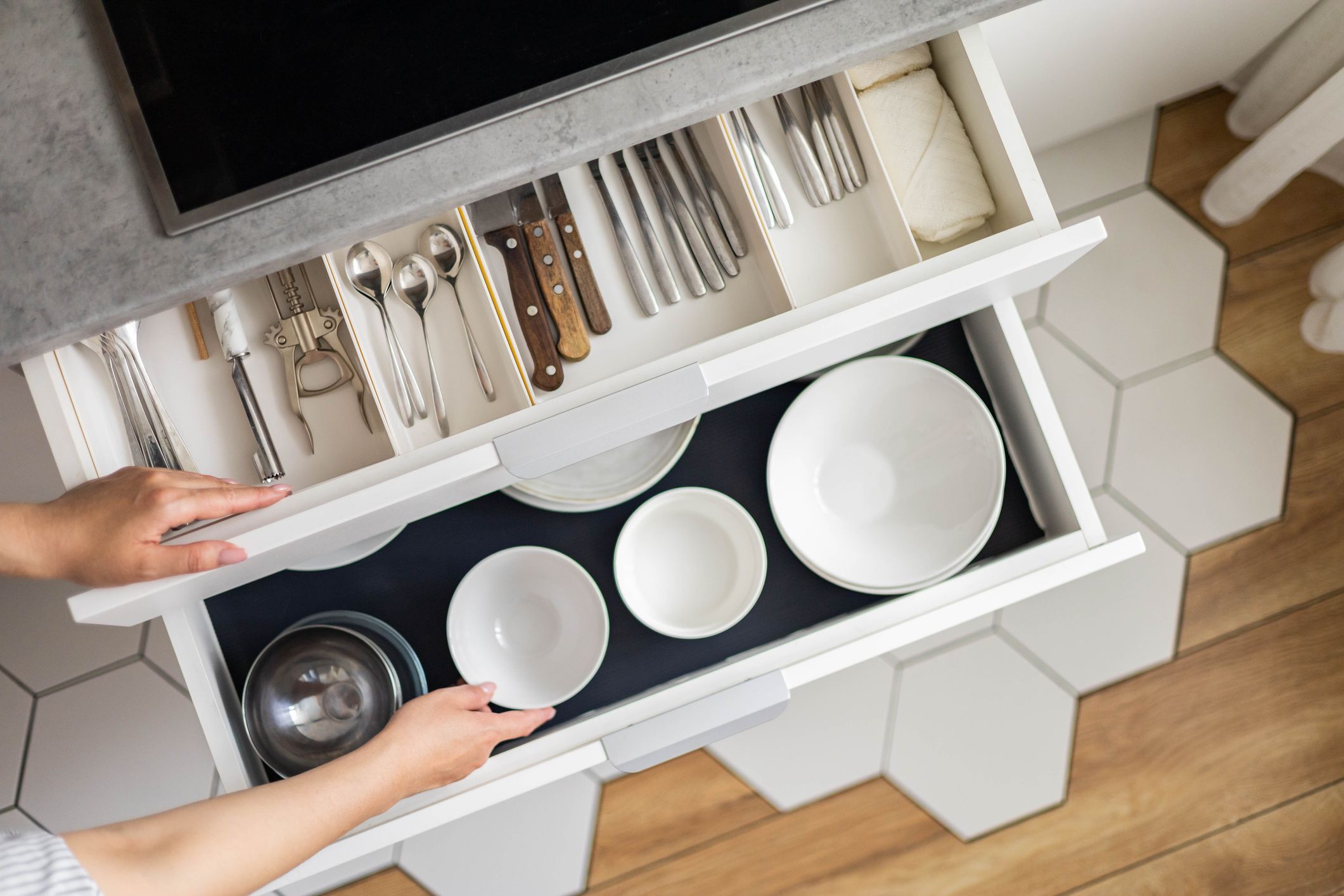

Kitchen Storage
How To Organize Kitchen Drawers: 12 Ways To Order Essentials
Modified: January 6, 2024
Discover 12 practical kitchen storage ideas to effectively organize your drawers and keep essential items in order. Create a clutter-free kitchen with clever kitchen storage solutions.
(Many of the links in this article redirect to a specific reviewed product. Your purchase of these products through affiliate links helps to generate commission for Storables.com, at no extra cost. Learn more)
Introduction
Welcome to the wonderful world of kitchen storage ideas! If you’re tired of rummaging through cluttered drawers and struggling to find your essential kitchen tools, you’re in the right place. A well-organized kitchen not only saves you time but also makes cooking a much more enjoyable experience.
When it comes to kitchen organization, one area that often gets overlooked is the drawers. Kitchen drawers are the perfect storage solution for various items like utensils, cooking tools, cutting boards, spices, linens, and more. But without proper organization, they can quickly become a chaotic mess.
In this article, we’ll explore 12 practical ways to organize your kitchen drawers and transform them into functional and efficient spaces. Whether you have limited drawer space or an abundance of it, these ideas will help you make the most of every inch.
So, put on your organizing hat and let’s dive in!
Key Takeaways:
- Efficiently organize kitchen drawers with categorization, dividers, and adjustable organizers. Maintain a clutter-free space by decluttering, grouping similar items, and utilizing vertical storage for a functional and visually appealing kitchen.
- Transform kitchen drawers into well-ordered storage areas for essentials. Utilize drawer dividers, maximize vertical space, and regularly maintain organization to streamline meal preparation and cooking.
Categorizing your essentials
The first step in organizing your kitchen drawers is to categorize your essentials. Start by taking a look at the items you commonly use in your kitchen and group them into categories. For example, you can have categories like cooking utensils, serving utensils, measuring tools, gadgets, and so on.
Once you have your categories, it’s time to assign each category to a specific drawer. This will help create a sense of order and make it easier for you to find what you need. Keep in mind that the size and depth of your drawers will determine how many categories you can fit in each one.
To keep your categories organized within the drawer, consider using drawer dividers or adjustable drawer organizers. These handy tools will help separate and contain each category, preventing them from mixing together and creating a jumbled mess.
When placing the categories in the drawers, it’s a good idea to arrange them based on frequency of use. Consider placing the items you use most often in the front or at the top of the drawer for easy access. This will save you time and make your cooking process more efficient.
Remember, the key to successful organization is to have designated spaces for each category. This will not only declutter your drawers but also make it easier to maintain order in the long run.
Using drawer dividers
Drawer dividers are a game-changer when it comes to organizing your kitchen drawers. They are versatile tools that can help you create separate compartments within a single drawer, allowing you to maximize the use of space and keep items in their designated places.
When choosing drawer dividers, consider the size and shape of your drawer as well as the items you plan to store. There are various types of dividers available, including adjustable dividers and custom-sized dividers, so you can find the perfect fit for your specific needs.
One popular way to use drawer dividers is to create sections for different types of utensils or tools. For example, you can have a section for knives, a section for spatulas and tongs, and another section for measuring spoons and cups. This not only keeps everything neatly organized but also makes it easier to find what you need.
Drawer dividers can also be used to separate items like food storage containers, cutting boards, and bakeware. By creating dedicated sections for these items, you can avoid stacking them on top of each other and causing a mess every time you need something from the drawer.
One pro tip is to choose adjustable dividers that can be easily repositioned if your needs change or if you want to reorganize your drawers. This flexibility allows you to adapt to new storage requirements without having to purchase new dividers.
Using drawer dividers not only keeps your drawers tidy and organized but also prevents items from shifting around and getting damaged. With the help of these handy tools, you can transform your drawers into functional and efficient storage spaces.
Utilizing adjustable drawer organizers
Another great tool to help you organize your kitchen drawers is adjustable drawer organizers. These organizers are designed to fit snugly within your drawers and can be customized to create compartments of various sizes.
The beauty of adjustable drawer organizers is that they can adapt to your specific storage needs. Whether you have a collection of small gadgets or larger utensils, you can easily adjust the partitions to accommodate different sizes and shapes.
To effectively utilize adjustable drawer organizers, start by assessing the items you plan to store in the drawer. Think about their sizes and how they can be best arranged. Then, adjust the dividers accordingly to create compartments that can hold each item securely.
For example, in a cooking utensil drawer, you may have a section for wooden spoons, a section for spatulas, and a section for whisks. By using adjustable dividers, you can ensure that each item has its own dedicated space, making it easy to find and grab what you need when you’re in the midst of cooking.
These organizers are also ideal for organizing small items like measuring spoons, clips, or small gadgets. With adjustable dividers, you can create compartments that prevent these small items from getting mixed up or lost in the depths of the drawer.
Moreover, adjustable drawer organizers are versatile and can be used in other areas of your kitchen, such as your pantry or cabinet shelves. They can help you create order within these spaces and make your kitchen essentials easily accessible.
Investing in adjustable drawer organizers allows you to maximize the use of space and have a clutter-free drawer that is tailored to your specific needs. By customizing the compartments, you can create a well-organized and efficient storage solution for your kitchen essentials.
Arranging utensil drawers
The utensil drawer is one of the most frequently used drawers in the kitchen, and it tends to get cluttered quickly. But with a bit of organization, you can transform your utensil drawer into a well-ordered space.
Start by decluttering your utensils. Take out all the items from the drawer and assess which ones you use regularly and which ones are rarely used. Consider donating or storing utensils that you don’t use often to free up space in your drawer.
Next, group your utensils into similar categories. For example, separate spoons, forks, and knives into their respective sections. You can further categorize utensils by type, such as cooking utensils, serving utensils, and eating utensils.
To keep your utensils organized within the drawer, consider using utensil organizers or trays. These organizers come in various sizes and configurations to fit different types of utensils. You can choose from options like slot organizers, compartmentalized trays, or even expandable trays to accommodate different utensil sizes.
When arranging your utensils, consider placing the ones you use most frequently towards the front of the drawer for easy access. You can also arrange them based on size or type, depending on what works best for you. This will make it easier to locate the utensils you need without having to dig through a jumble of mixed-up items.
Another useful tip is to designate specific slots or compartments for each utensil. This helps maintain order and ensures that utensils stay in their designated places. Occasionally, take the time to check your utensil drawer and make sure that everything is still in its proper spot.
A well-organized utensil drawer not only saves you time when cooking but also adds a level of efficiency and convenience to your daily kitchen routine. With a little bit of effort, you can enjoy a clutter-free utensil drawer that makes meal preparation a breeze.
Sorting and organizing cooking tools
Cooking tools are essential in every kitchen, but if they’re not properly organized, they can quickly become a source of frustration. Here are some tips for sorting and organizing your cooking tools in your kitchen drawers:
1. Start by assessing your collection of cooking tools. Take out all the tools from your drawer and evaluate which ones you use frequently and which ones you rarely use. This will help you determine which tools should be kept in the drawer and which ones can be stored elsewhere.
2. Categorize your cooking tools based on their functionality or type. For example, you can have separate sections for spatulas and tongs, whisks, ladles, and other cooking utensils. Grouping similar items together makes it easier to locate them when you need them.
3. Consider the size and shape of your cooking tools when organizing them in the drawer. Larger items like mixing spoons or soup ladles may need to be placed in the back of the drawer, while smaller tools like measuring spoons can be placed towards the front for easy access.
4. Use drawer dividers or adjustable drawer organizers to create separate compartments for each category of cooking tools. This will prevent them from getting tangled or mixed up with other items in the drawer.
5. If you have a large collection of cooking tools, consider creating a designated drawer solely for these tools. This will free up space in other drawers and allow you to keep all your cooking tools in one easily accessible location.
6. It’s important to regularly declutter and remove any cooking tools that you no longer use or that are in poor condition. This will help keep your cooking tool drawer organized and ensure that you only have the essentials within easy reach.
By sorting and organizing your cooking tools, you will not only have a neat and tidy kitchen drawer but also make it easier to find the tools you need for your culinary adventures. With everything in its proper place, you can focus on cooking without the frustration of searching for misplaced tools.
Storing cutting boards and bakeware
Keeping your cutting boards and bakeware organized can be a challenge due to their size and shape. However, with the right techniques, you can efficiently store them in your kitchen drawers. Here are some tips to consider:
1. Stand cutting boards vertically: If you have enough vertical space, stand your cutting boards upright in a drawer. This method helps maximize space and allows for easy access. You can use a wire or acrylic file organizer to keep the cutting boards separated and in place.
2. Utilize adjustable dividers: If your drawer is deep enough, consider using adjustable dividers to create compartments for your cutting boards and bakeware. These dividers will keep your items organized and prevent them from shifting around when you open and close the drawer.
3. Invest in a bakeware organizer: Bakeware organizers are designed specifically to hold baking sheets, pans, and other bakeware items. These organizers typically have individual slots or compartments to keep your bakeware upright and organized. Place the organizer in a drawer for easy access and a clutter-free storage solution.
4. Use stackable racks: If you have limited drawer space, consider using stackable racks to store your cutting boards and bakeware vertically. This method allows you to maximize vertical space and prevents your items from getting scratched or damaged.
5. Store smaller items on top: In addition to cutting boards and bakeware, you may have smaller items like cooling racks or silicone mats. Place these items on top of your cutting boards or bakeware to make the most of the available space in your drawer.
6. Consider alternative storage options: If your kitchen drawers don’t provide enough space, you can explore alternative storage options. For example, you can use a wall-mounted rack or a dedicated cabinet shelf to store your cutting boards and bakeware vertically. This frees up drawer space for other kitchen essentials.
By implementing these storage ideas, you can keep your cutting boards and bakeware neatly organized, easily accessible, and protected from damage. Having a designated space for these items helps maintain order in your kitchen and makes baking and cooking tasks more efficient.
Use drawer dividers to separate different categories of items, such as utensils, cooking tools, and food storage containers. This will help keep everything in its place and make it easier to find what you need.
Organizing food storage containers
Food storage containers are a staple in every kitchen, but they can easily become a jumbled mess if not properly organized. Here are some tips to help you keep your food storage containers in order:
1. Sort and match: Start by sorting through your food storage containers and matching lids to the corresponding containers. Discard any containers or lids that are damaged, don’t have a matching partner, or that you no longer use.
2. Nest containers: To maximize space, nest containers of similar sizes together. Place smaller containers inside larger ones, creating a neat and compact stack.
3. Separate lids: Store lids separately from the containers to avoid a cluttered mess. You can use drawer dividers or a lid organizer to keep them in place and easily accessible.
4. Use clear containers: Invest in clear food storage containers so you can easily see what’s inside. This allows you to locate specific items without having to rummage through a pile of containers.
5. Utilize a designated drawer or cabinet: Designate a specific drawer or cabinet for your food storage containers. This helps you create a dedicated space for them and prevents them from getting mixed up with other kitchen items.
6. Use shelf risers or vertical organizers: If you have deep cabinets, consider using shelf risers or vertical organizers to make the most of the vertical space. This allows you to stack containers on different levels, making it easier to access and organize them.
7. Store lids vertically: If you have limited drawer space, store lids vertically in a drawer using a lid organizer or a file rack. This keeps them organized and easily accessible.
8. Maintain order: Regularly declutter your food storage containers and discard any damaged or mismatched items. Take a few minutes each month to reorganize the containers, making sure everything is stacked neatly and lids are properly stored.
By organizing your food storage containers, you’ll save time and frustration when it comes to finding the right size or lid. With a well-organized system, you can efficiently store and access your containers, making meal prep and storage a breeze.
Managing spices and seasoning
Managing spices and seasonings can be a challenge, especially when you have a wide variety of small containers or jars. However, with proper organization, you can easily access and find the spices you need in your kitchen. Here are some tips to help you manage your spices and seasoning:
1. Assess and declutter: Start by going through your spices and seasonings. Check the expiration dates and discard any that have surpassed their shelf life or are no longer fresh. This decluttering process ensures that you only keep the spices you regularly use.
2. Categorize and group: Group your spices and seasoning into categories based on your cooking style or preference. For example, you can categorize them into groups like baking spices, herbs, ethnic spices, or savory seasonings. This grouping helps you locate specific spices more easily.
3. Use uniform containers: Consider transferring your spices into uniform containers or jars to create a cohesive and organized look. Clear glass or plastic containers work well, allowing you to see the colors and textures of your spices at a glance. Be sure to label each container to identify the contents.
4. Organize alphabetically: Arrange your spices and seasoning alphabetically within each category. This makes it quicker and easier to find the specific spice you need when cooking. You can use spice racks, tiered shelves, or drawer inserts to keep them organized.
5. Utilize vertical space: If you have limited counter or cabinet space, consider using vertical storage options. Wall-mounted spice racks or magnetic spice jars attached to the inside of cabinet doors can save valuable space and keep your spices easily accessible.
6. Store in a cool, dark place: To maintain the potency and flavor of your spices, store them in a cool, dark place away from direct sunlight and heat sources. Excessive exposure to light and heat can cause flavor degradation.
7. Consider a spice drawer: If you have a deep drawer available, consider designating it as a spice drawer. Use drawer dividers or spice drawer inserts to create compartments for each spice container, keeping them organized and easily visible.
8. Take inventory: Regularly take inventory of your spice collection to ensure you have all the essential spices on hand. This helps you keep track of what needs to be replenished and prevents overcrowding in your spice storage area.
By implementing these tips, you can effectively manage your spices and seasoning, making them easily accessible and neatly organized in your kitchen. A well-organized spice collection adds convenience and efficiency to your cooking endeavors.
Read also: 12 Best Refrigerator Drawer Liners for 2024
Arranging kitchen linens and towels
Kitchen linens and towels are essential for keeping your kitchen clean and tidy. However, if they’re not properly organized, they can quickly create a cluttered mess. Here are some tips to help you arrange your kitchen linens and towels:
1. Sort and declutter: Start by going through your kitchen linens and towels and sort them into categories. Discard any items that are worn out, torn, or stained beyond repair. This decluttering process ensures that you only keep linens and towels in good condition.
2. Categorize by function: Group your linens and towels by function. For example, you can have separate categories for dish towels, hand towels, cleaning cloths, and oven mitts. Categorizing them makes it easier to locate the specific item you need.
3. Utilize drawer dividers or bins: If you have drawer space, use dividers or small bins to separate and organize your linens and towels. This helps prevent them from becoming tangled and creates designated spaces for each category.
4. Roll or fold neatly: Roll or fold your linens and towels neatly to maximize space and keep them organized. Rolling can be particularly useful for dish towels or cleaning cloths, as it allows you to stack them vertically in a drawer or bin.
5. Consider vertical storage: If you have limited drawer space, consider utilizing vertical storage options. Install hooks or towel rods on the inside of cabinet doors or walls to hang your kitchen towels. This not only saves space but also ensures easy access and drying.
6. Store infrequently used linens: If you have linens that are only used occasionally, such as festive tablecloths or specialty napkins, consider storing them separately. Use labeled storage boxes or vacuum-sealed bags to keep them protected and organized.
7. Keep frequently used linens within reach: Place the linens and towels you use most frequently in easily accessible locations. For example, keep dish towels near the sink, and hand towels within reach of the stove or prep area. This saves you time and effort when you need them.
8. Regularly rotate and refresh: Rotate your kitchen linens and towels regularly to ensure they wear evenly. Refresh your collection by adding new linens or retiring old ones. This helps maintain a fresh and functional set of kitchen linens.
By applying these organizing tips, you can keep your kitchen linens and towels well-arranged and readily available. Enjoy an organized and efficient kitchen, with linens and towels that add both functionality and aesthetic appeal.
Storing miscellaneous items
In any kitchen, there are often miscellaneous items that don’t quite fit into specific categories but still need to be organized. From small gadgets to random kitchen tools, finding a proper storage solution for these items is crucial. Here are some tips for storing miscellaneous items in your kitchen:
1. Assess and declutter: Start by evaluating your collection of miscellaneous items. Determine which ones you actually use and need in your kitchen. Dispose of any items that are broken, no longer functional, or haven’t been used in a long time.
2. Group similar items together: Categorize your miscellaneous items by type or function. For example, you can group small gadgets, measuring tools, specialty knives, or small appliances. This helps you visually identify the items and locate them more easily.
3. Utilize drawer organizers: Drawer organizers or dividers are excellent tools for keeping miscellaneous items in order. They help create separate compartments for different items, preventing them from getting mixed up and jumbled together. Consider adjustable dividers to accommodate various item sizes.
4. Use storage containers or bins: If you have larger miscellaneous items or frequently used gadgets, consider using storage containers or bins. Label each container with its contents to easily identify and access specific items without rummaging through a cluttered drawer or cabinet.
5. Hang items on hooks or racks: Install hooks or racks on the inside of cabinet doors or walls to hang miscellaneous items. This can include small tools, measuring cups, or even oven mitts. Hanging items creates extra storage space and keeps them within reach.
6. Maximize vertical storage: Take advantage of vertical space in your kitchen by using wall-mounted shelves or hanging storage systems. These can be used to store miscellaneous items that are used less frequently, such as cookbooks, baking trays, or specialty pans.
7. Utilize unused spaces: Look for unused spaces in your kitchen that can be repurposed for storage. This can include the side of a cabinet, the space between the refrigerator and the wall, or even the underside of shelves. Install hooks or small shelves to utilize these areas efficiently.
8. Regularly reassess and reorganize: Make it a habit to reassess your miscellaneous items regularly. Remove any items that are no longer used or needed, and reorganize as necessary to accommodate new additions or changes in your kitchen needs.
By implementing these strategies, you can effectively store and organize your miscellaneous kitchen items. A well-organized kitchen not only enhances functionality but also creates a visually pleasing and clutter-free environment.
Maximizing vertical space
In a kitchen where space is at a premium, it’s essential to make the most of every available inch. One effective way to do this is by maximizing vertical space. By utilizing the vertical areas in your kitchen, you can significantly increase storage and organization capabilities. Here are some tips for maximizing vertical space:
1. Install wall-mounted shelves: Wall-mounted shelves are a great way to add extra storage space in your kitchen. Install them on empty walls or above countertops to store items like cookbooks, small appliances, or decorative dishes. Make sure to secure the shelves properly to support the weight of your items.
2. Utilize the space above cabinets: If you have empty space above your kitchen cabinets, don’t let it go to waste. Use decorative baskets or bins to store items that are not frequently used, like seasonal tableware, specialty appliances, or extra pantry items. Just make sure they are easily accessible when needed.
3. Hang pots and pans: Save cabinet space by hanging your pots and pans using a pot rack or hooks. Mount the rack on the wall or hang hooks from a ceiling-mounted rack to create a visually appealing display of your cookware. This not only frees up cabinet space but also adds a touch of culinary charm to your kitchen.
4. Utilize the back of cabinet doors: The inside of cabinet doors offers valuable storage space. Install hooks or racks to hang items like measuring spoons, oven mitts, or small cutting boards. You can even attach a corkboard or magnetic board to keep recipes, notes, or shopping lists within easy reach.
5. Use drawer organizers with vertical dividers: Take advantage of vertical drawer space by using organizers with vertical dividers. These dividers allow you to stack items like baking sheets, cutting boards, or trays vertically, saving horizontal space and making it easy to access individual items.
6. Use hanging baskets or hooks under shelves: Install hanging baskets or hooks under shelves to create additional storage for lightweight items such as mugs, utensils, or smaller kitchen gadgets. This maximizes the usable space in your cabinets while keeping these items easily accessible.
7. Stack items on tiered shelves: Use tiered shelves inside cabinets to stack dishes, bowls, or pantry items. This creates multiple levels of storage, allowing you to see and access items at the back of the shelf without having to rearrange everything in front.
8. Consider a pegboard: Install a pegboard on an empty wall in your kitchen and use it to hang frequently used tools like ladles, spatulas, or strainers. You can also add hooks or shelves to hold additional items. The versatility of a pegboard allows you to adapt and change the configuration as needed.
By maximizing vertical space in your kitchen, you can significantly increase storage capacity and improve overall organization. These strategies not only help declutter countertops and cabinets but also create a functional and visually appealing space that optimizes efficiency and convenience.
Maintaining a clutter-free drawer
Keeping your kitchen drawers clutter-free is an ongoing process that requires regular maintenance and organization. A clutter-free drawer not only makes it easier to find items but also enhances the overall functionality and efficiency of your kitchen. Here are some tips to help you maintain a clutter-free drawer:
1. Regular decluttering: Set aside time every few months to declutter your kitchen drawers. Remove any items that you no longer use, are broken, or are simply taking up unnecessary space. Letting go of unnecessary items creates room for the essentials and prevents drawers from becoming overcrowded.
2. Purge duplicates: Take inventory of your items and get rid of any duplicates. For example, if you have multiple measuring cups or can openers, keep only the ones that you use regularly. This will free up space in your drawer and prevent it from feeling overcrowded.
3. Group similar items: Assign a specific place for each category of items within the drawer. Group similar items together, such as utensils, gadgets, or small tools. Keeping like items together helps prevent disorganization and makes it easier to locate desired items quickly.
4. Utilize drawer organizers: Drawer organizers or dividers are valuable tools for maintaining an organized and clutter-free drawer. Place dividers in the drawer to create separate compartments for different categories of items. This helps prevent items from shifting and getting jumbled together.
5. Return items to their designated spots: After using items from the drawer, make a habit of returning them to their designated spots immediately. This prevents items from accumulating on countertops or within reach, keeping your kitchen tidy and clutter-free.
6. Avoid overcrowding: Be mindful of the amount of items you store in each drawer. Avoid overcrowding by keeping only essential items within the drawer. If you find that the drawer is getting too full, evaluate whether some items can be relocated or if it’s time for further decluttering.
7. Regular cleaning: Empty the drawer occasionally and give it a good cleaning. Remove any crumbs or debris that may have accumulated. This not only keeps the drawer clean but also ensures that items are placed on a clean surface when returned to the drawer.
8. Assess and adjust as needed: Periodically assess the organization and functionality of your drawer. Adjust the dividers or organizers as necessary to accommodate changes in your kitchen items or to better suit your needs.
By implementing these maintenance strategies, you can enjoy a clutter-free kitchen drawer that is organized, efficient, and visually appealing. The effort put into maintaining an organized drawer will save you time and frustration in the long run and help create a more enjoyable cooking experience.
Conclusion
Organizing your kitchen drawers is a crucial step in creating an efficient and functional kitchen space. With the right strategies and tools, you can transform your drawers into well-organized storage areas for all your kitchen essentials. Through proper categorization, the use of drawer dividers, and the utilization of adjustable organizers, you can keep items neatly arranged and easily accessible.
Arranging utensil drawers, sorting and organizing cooking tools, storing cutting boards and bakeware, managing spices and seasoning, arranging kitchen linens and towels, storing miscellaneous items, maximizing vertical space, and maintaining a clutter-free drawer are all key aspects of effective kitchen drawer organization.
Remember to regularly review and declutter your drawers, assessing what you truly need and ensuring that each item has its designated spot. By optimizing your storage space, you can make the most of your kitchen and streamline your cooking and meal preparation process.
Take the time to assess your specific needs, consider the available space in your kitchen, and choose the organizing methods that work best for you. Whether it’s using drawer dividers, vertical storage solutions, or innovative hanging options, the goal is to create a system that suits your lifestyle and helps you maintain an organized and clutter-free kitchen.
So, embrace the challenge of kitchen drawer organization, and enjoy the benefits of a well-ordered and efficient cooking space. With a little effort and creativity, you can transform your kitchen drawers into functional and organized areas that simplify your life and bring joy to your culinary endeavors.
Frequently Asked Questions about How To Organize Kitchen Drawers: 12 Ways To Order Essentials
Was this page helpful?
At Storables.com, we guarantee accurate and reliable information. Our content, validated by Expert Board Contributors, is crafted following stringent Editorial Policies. We're committed to providing you with well-researched, expert-backed insights for all your informational needs.
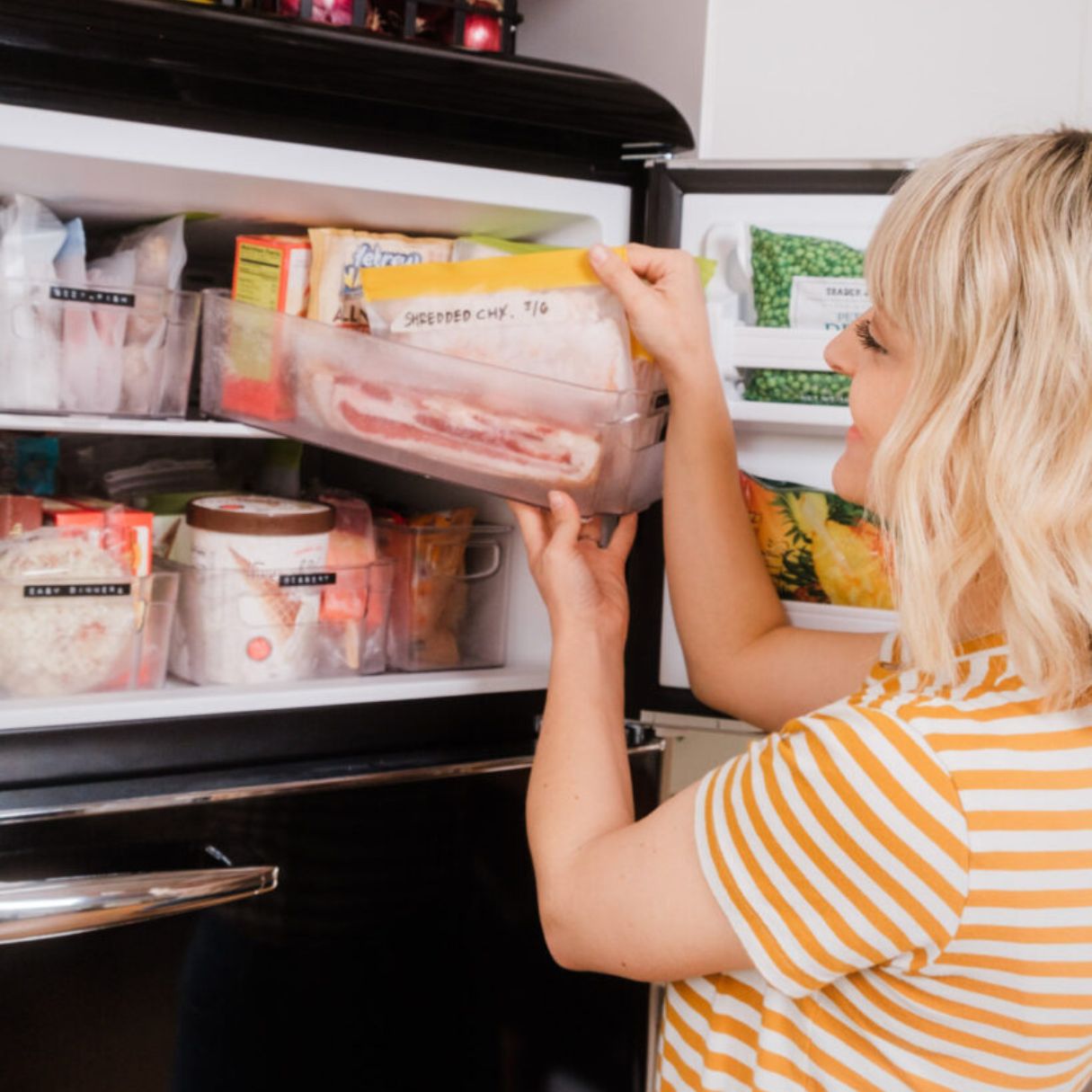

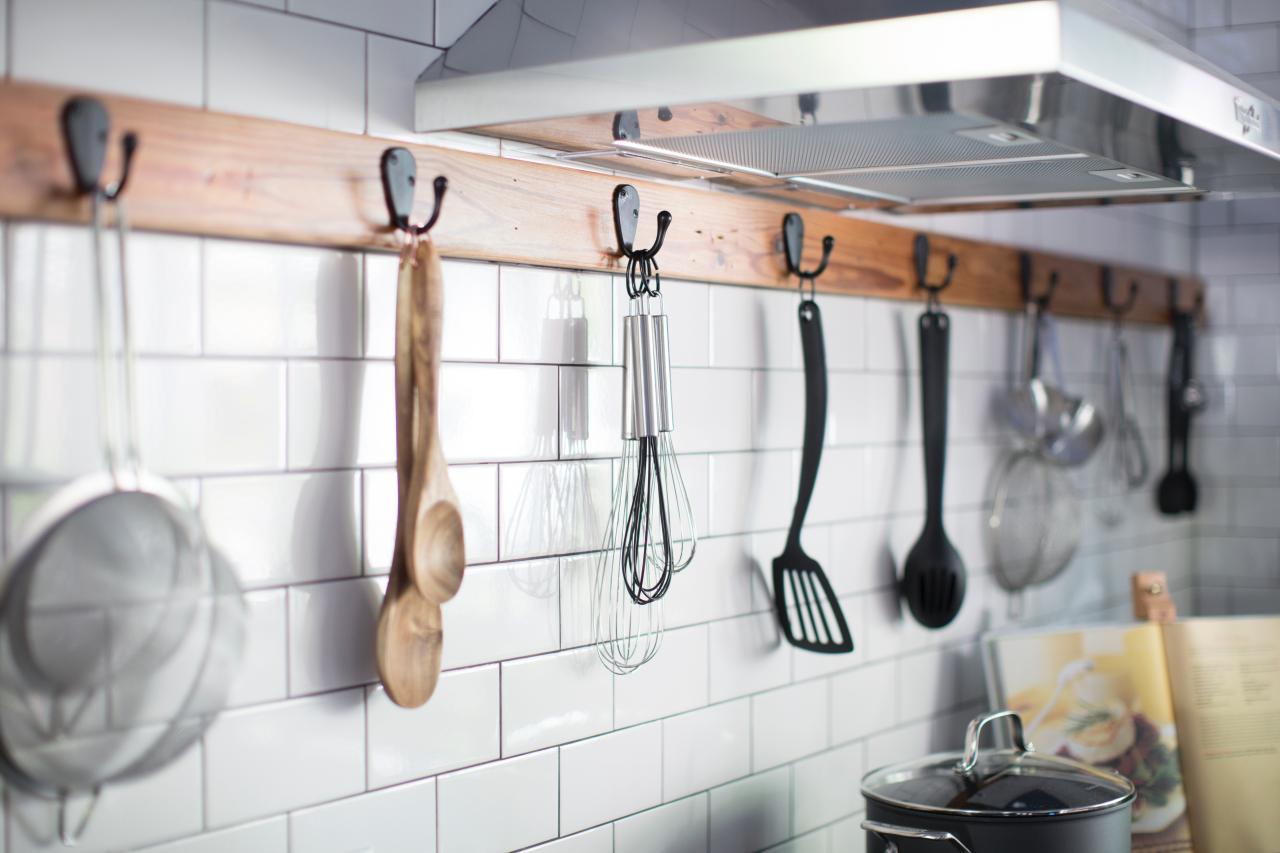
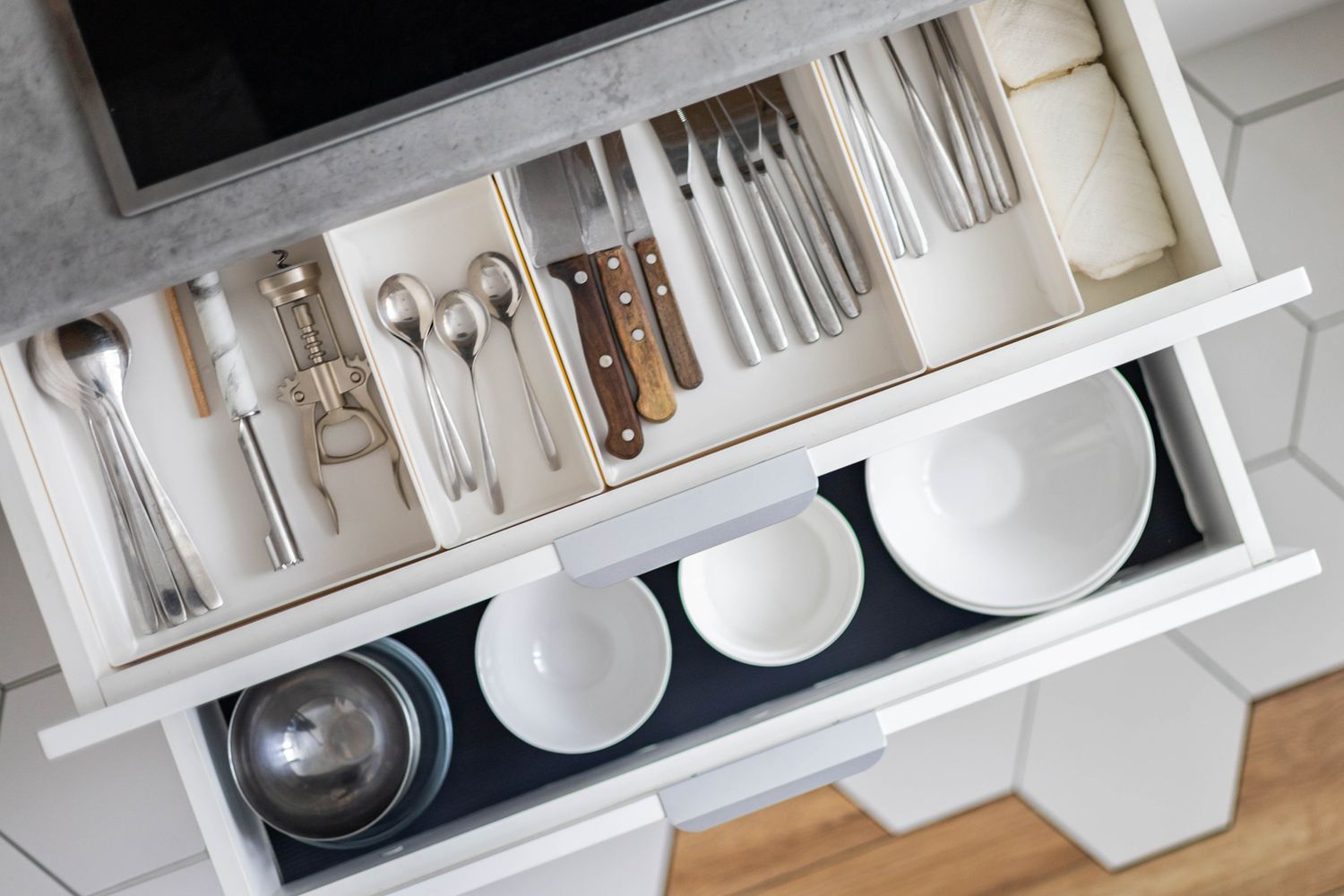
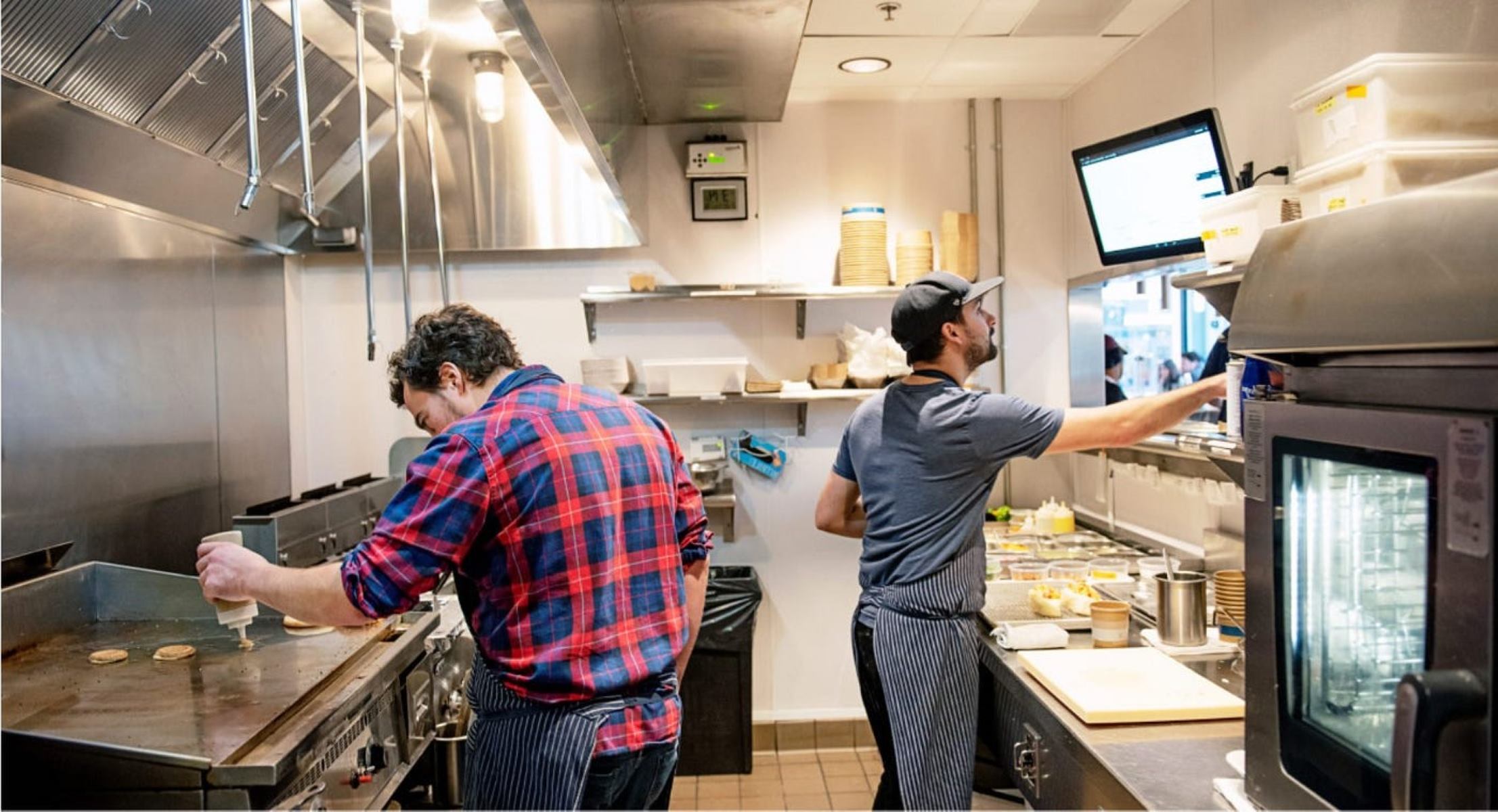
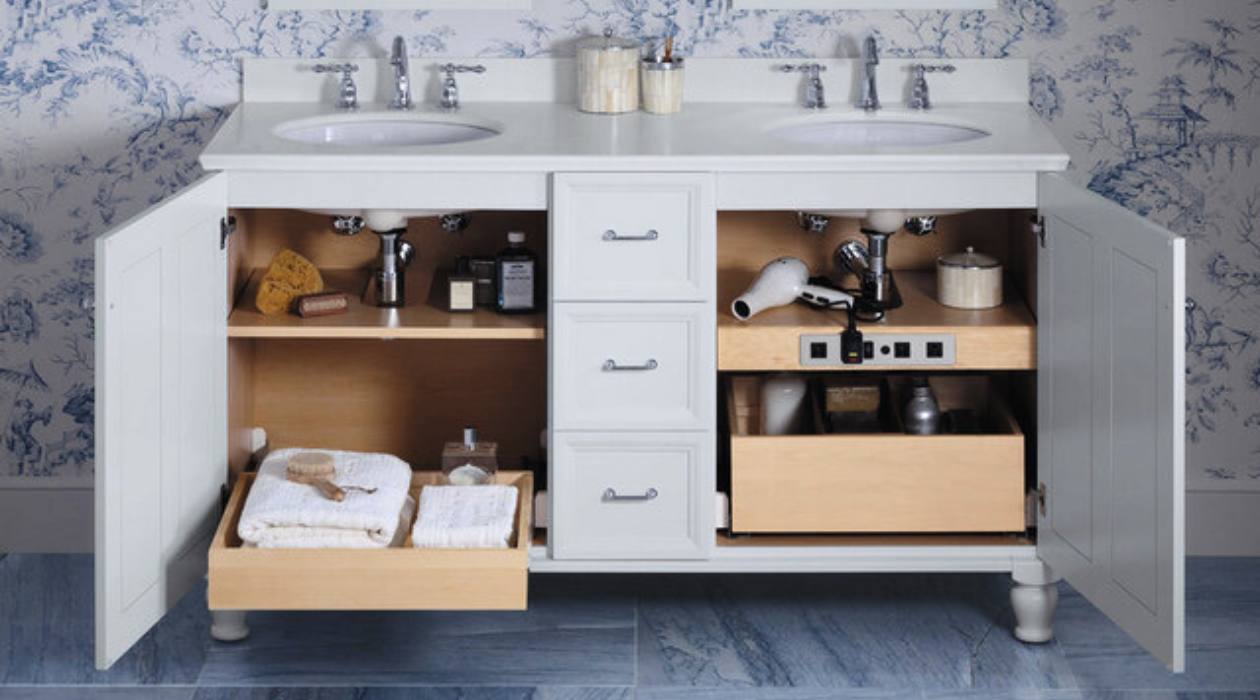
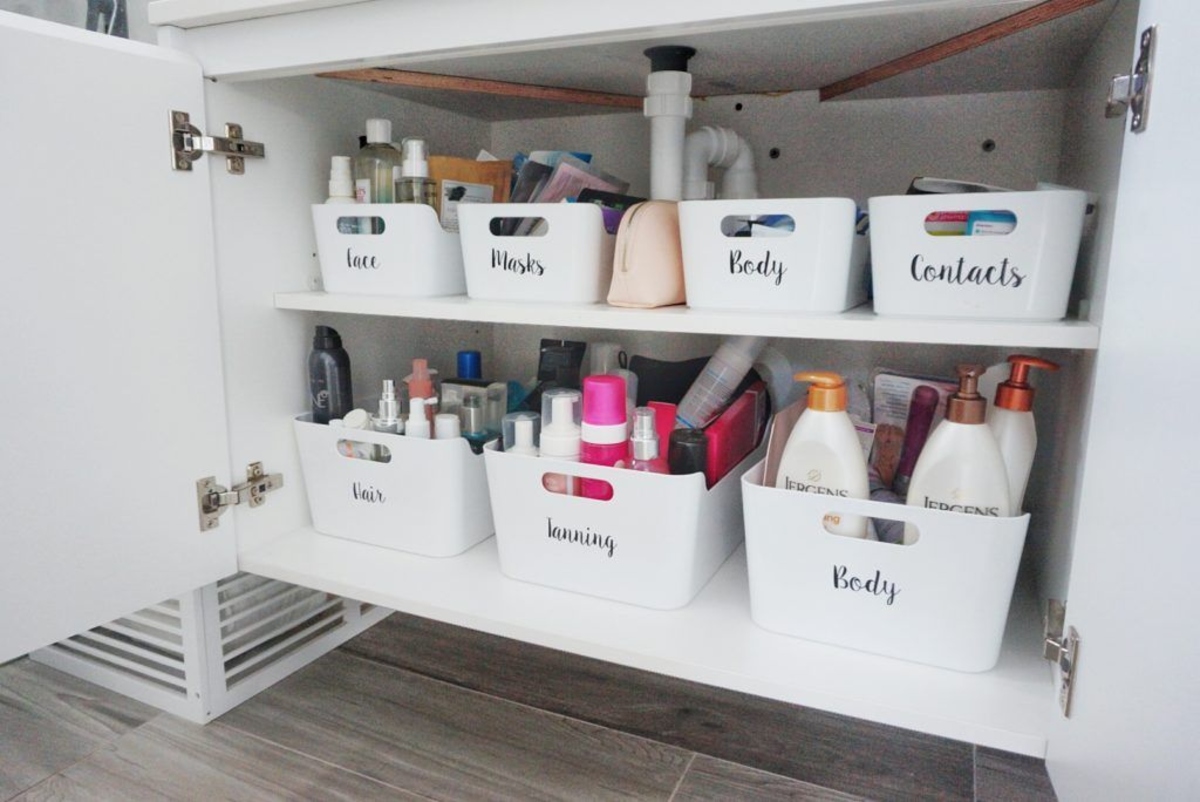
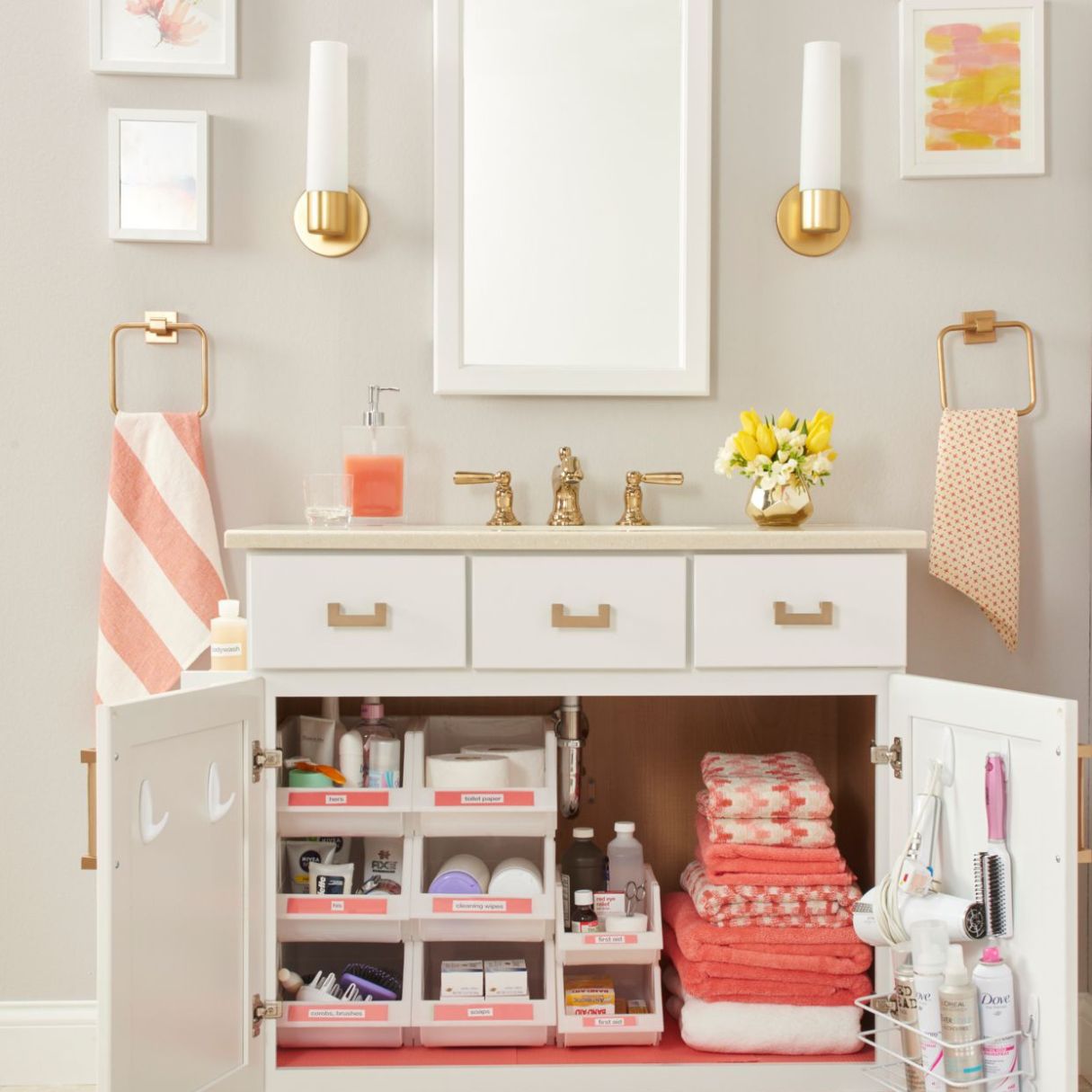
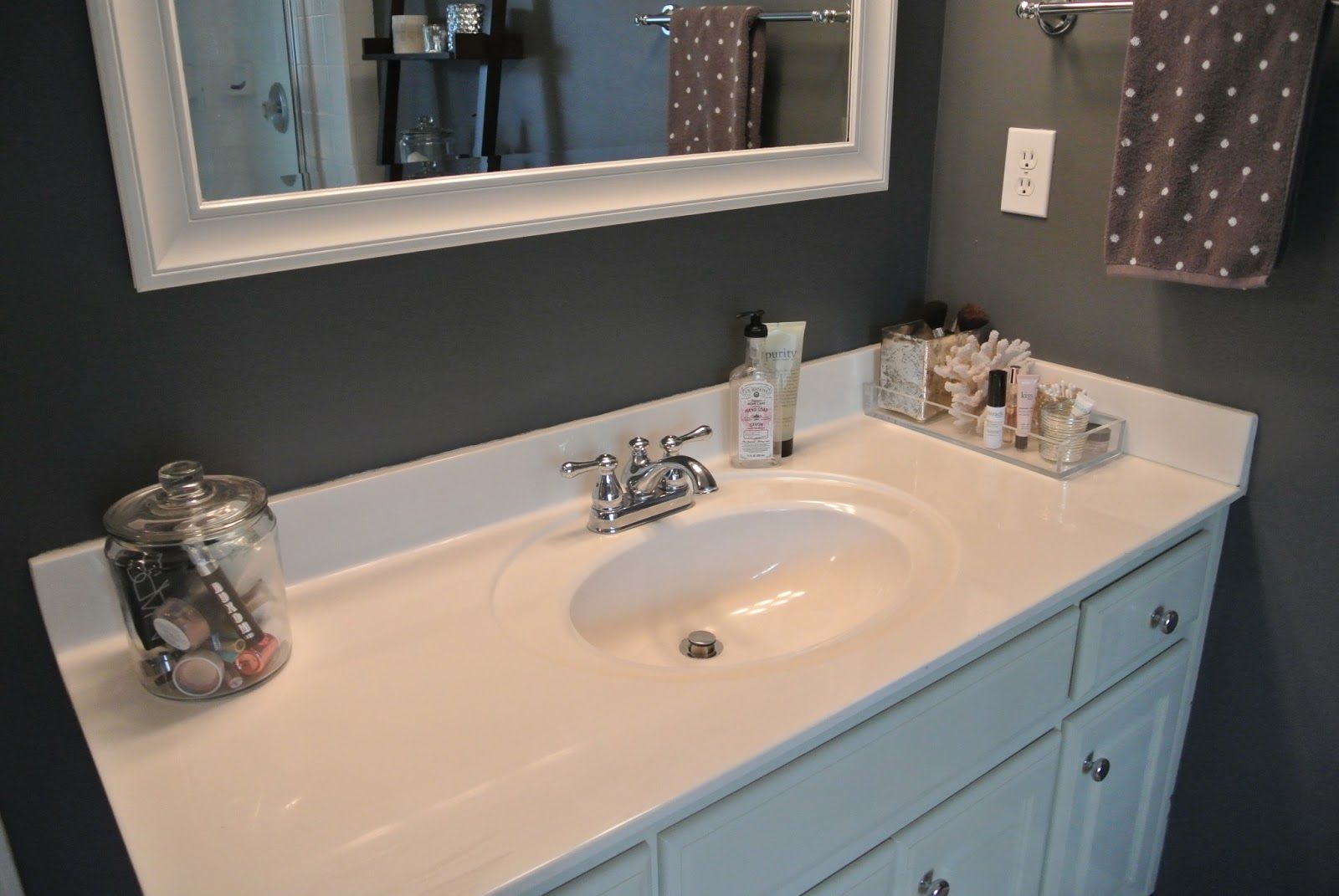
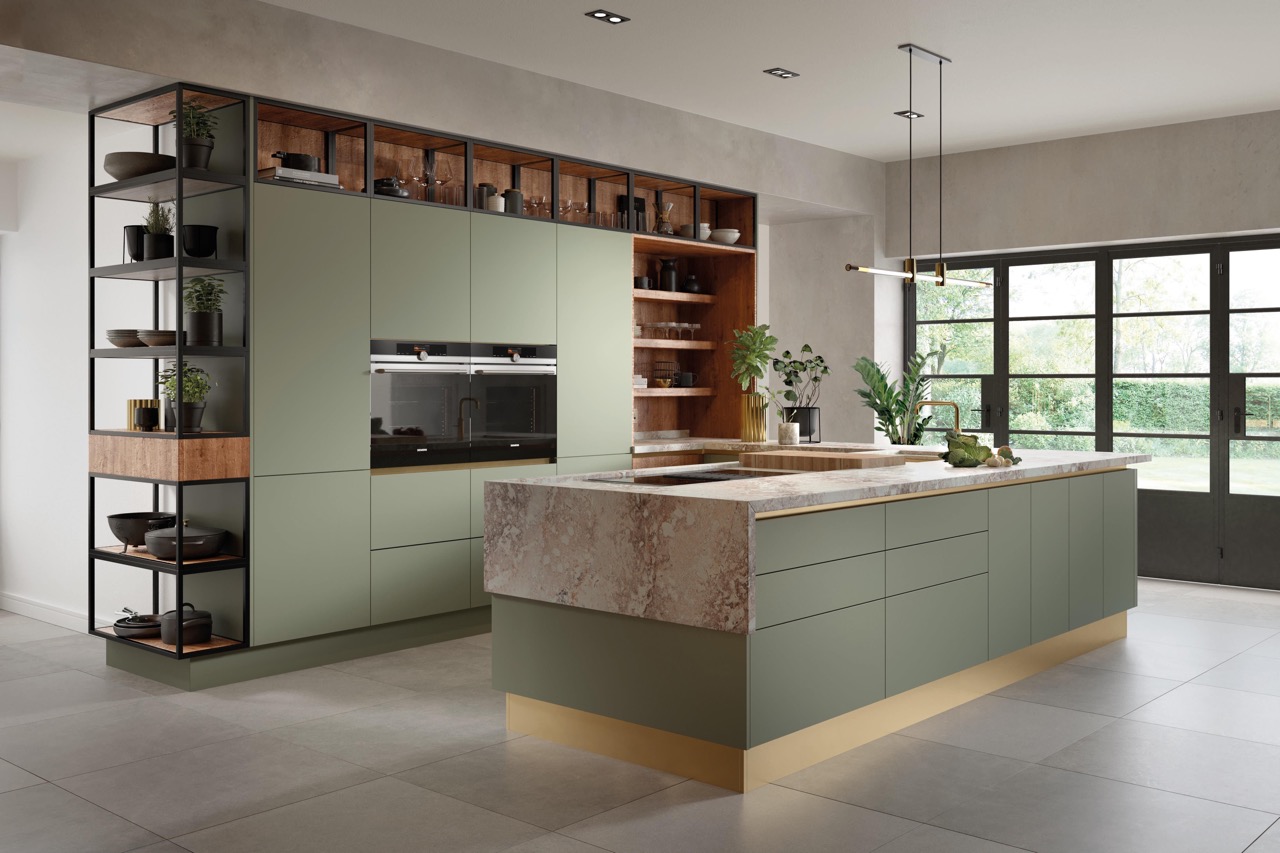
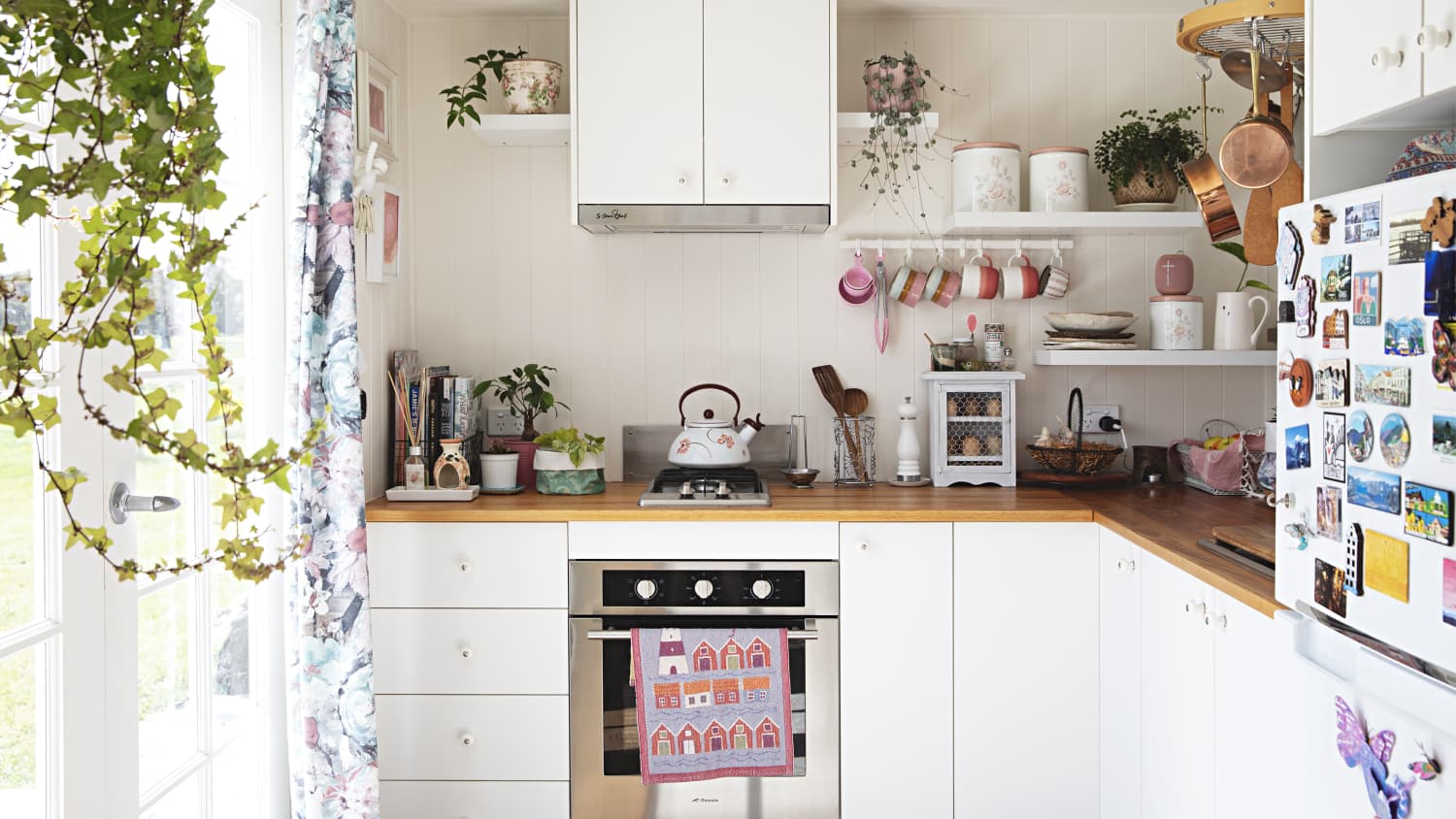
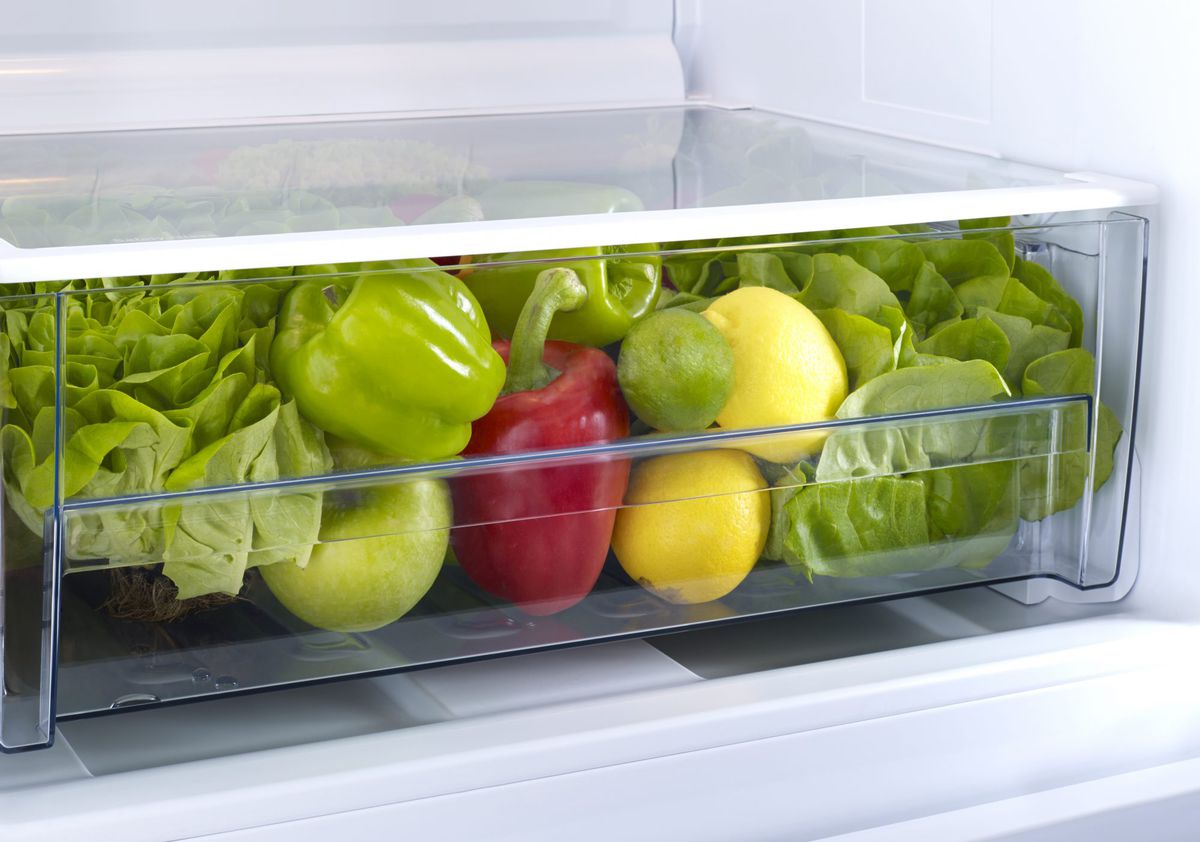

0 thoughts on “How To Organize Kitchen Drawers: 12 Ways To Order Essentials”